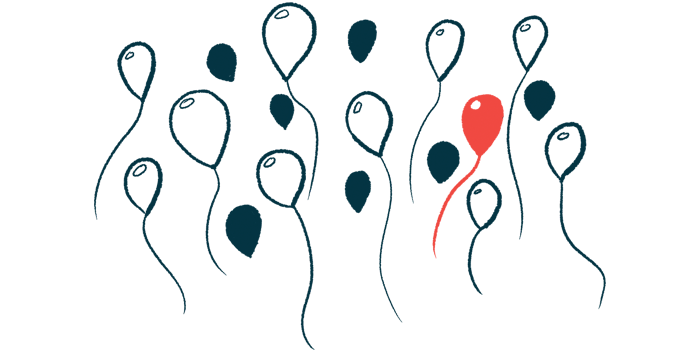Exon-skipping AOC 1044 gets FDA rare pediatric disease status
FDA designation reflects therapy's potential, urgent DMD treatment need

The U.S. Food and Drug Administration (FDA) has granted rare pediatric disease designation to AOC 1044, an experimental therapy for people with Duchenne muscular dystrophy (DMD) caused by mutations that are amenable to exon 44 skipping.
The FDA gives the designation to treatments with the potential to improve care for disorders that primarily affect children and adolescents.
If the agency ultimately approves AOC 1044, the therapy’s developer, Avidity Biosciences, may receive a voucher for priority review for another experimental therapy. Avidity can either use the voucher or sell it.
AOC 1044 was previously granted orphan drug designation, which is designed to incentivize the development of treatments for rare disorders, and fast track designation, which helps get important medicines to market faster.
The three designations “underscore the urgent need for innovative treatments and validate the potential of AOC 1044 to address the unmet need of people living with Duchenne muscular dystrophy,” Steve Hughes, MD, Avidity’s chief medical officer, said in a company press release.
AOC 1044 targets specific exon to allow dystrophin production
DMD is caused by mutations in the gene that provides instructions for making the muscle protein dystrophin. This protein normally helps cushion muscle cells against damage, but in DMD, virtually no dystrophin protein is made. As a result, muscles accumulate damage faster, driving disease symptoms such as muscle control and spasms.
The gene that encodes dystrophin is made up of dozens of individual sections called exons. The basic idea behind exon-skipping therapies is to get muscle cells to skip over one or more exons when the gene is read to produce protein, allowing production of a shortened, but functional version of dystrophin.
AOC 1044 is designed to promote skipping of exon 44 in the dystrophin gene. A few exon-skipping therapies are approved in the U.S. for DMD patients with some specific mutations, but none of the available medicines is specifically meant for people with mutations amenable to exon 44 skipping.
The therapy works by attaching a molecule that can promote exon skipping — a phosphorodiamidate morpholino oligomer, or PMO — to an antibody that targets the therapy to muscle cells.
Phase 1/2 clinical trial in U.S., Canada
Avidity is currently running a Phase 1/2 clinical trial, EXPLORE44 (NCT05670730), to test AOC 1044. The first part of the study is evaluating single doses of the therapy in healthy volunteers, and the second part involves testing multiple doses in people with DMD mutations that are amenable to exon 44 skipping.
The DMD part of the trial is open to patients from 7 to 27 years old. Both ambulatory (able to walk) and non-ambulatory patients may be eligible, though participants must meet certain standards for heart and lung function. EXPLORE44 is currently enrolling at multiple sites in the U.S. Clinical sites in Canada will also take part.
Data from the DMD portion of the study will be announced later this year, according to Avidity. Additional information, including a form to get in touch with trial representatives about participating, is available at the trial website.
Avidity in 2023 announced data from the first part of the study. The therapy promoted exon skipping in all participants, with increased exon skipping levels of up to 1.5% compared with a placebo. The single dose tested was 10 mg/kg.
Results also showed the antibody-based delivery system used in AOC 1044 led to levels of exon-skipping PMOs in skeletal muscle as much as 50 times higher when compared with a system in which the PMO is attached to a peptide.
“We recently shared healthy volunteer data of AOC 1044 from our Phase 1/2 EXPLORE44 trial demonstrating unprecedented delivery of [PMOs] in skeletal muscle and consistent exon skipping in healthy volunteers,” Hughes said, “and we look forward to sharing data from that study” in people living with DMD later this year.








